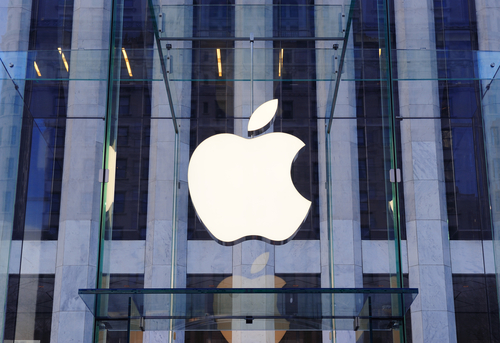Burnout is an increasingly prevalent issue in today’s fast-paced business world, affecting employee well-being and productivity. Recognizing this challenge, Apple, a well-established leader in innovation, has implemented a surprisingly simple yet effective strategy to combat employee burnout.
Understanding Burnout and Its Impact on Business
Burnout is a state of physical, emotional, and mental exhaustion caused by prolonged stress. It often results from working in high-pressure environments without adequate rest or work-life balance. Burnout not only affects employees’ health and happiness but also leads to decreased productivity, higher turnover rates, and can negatively impact a company’s bottom line.
Apple’s Approach to Combating Burnout
Apple’s strategy to address burnout is refreshingly straightforward: giving employees the freedom to work from anywhere they choose, as long as they get their work done. This approach incentivizes productivity while offering flexibility, allowing employees to create a work environment that suits their personal needs and preferences.
Through their approach to flexibility, Apple acknowledges the diverse work styles and life commitments of its employees, fostering a culture of trust and autonomy. This approach may surprise some who have followed or worked for the tech giant in the past.
“Historically, Apple had earned a reputation for being a tough workplace with little work-life balance,” writes Kelly Main in an article for Inc. “But following much return-to-office pushback, it is prioritizing flexibility and freedom for those who prove they put in the work. As simple as it sounds, it’s not something every company gets right. While equally as demanding, Amazon has a notorious hustle culture. Unlike Apple which gives staff who do a lot of work a lot of freedom, it gives those who do a lot of work more work.”
A Shift to Boost Engagement
Apple’s policy can be particularly effective because it empowers employees to manage their own time and workloads, leading to a healthier work-life balance. It also demonstrates Apple’s understanding that productivity is not solely about the number of hours spent at a desk but about the quality and efficiency of the work produced. Employees who feel trusted and valued are more likely to be engaged, motivated, and less prone to burnout.
Apple’s approach to fighting burnout is a testament to the company’s commitment to its workforce’s well-being. By offering flexibility and autonomy, Apple not only enhances employee satisfaction but also sets a precedent for other companies grappling with similar challenges. This strategy, simple in its concept but profound in its impact, shows that sometimes the most effective solutions are those that respect and empower individuals.
Lin Grensing-Pophal is a Contributing Editor at HR Daily Advisor.

